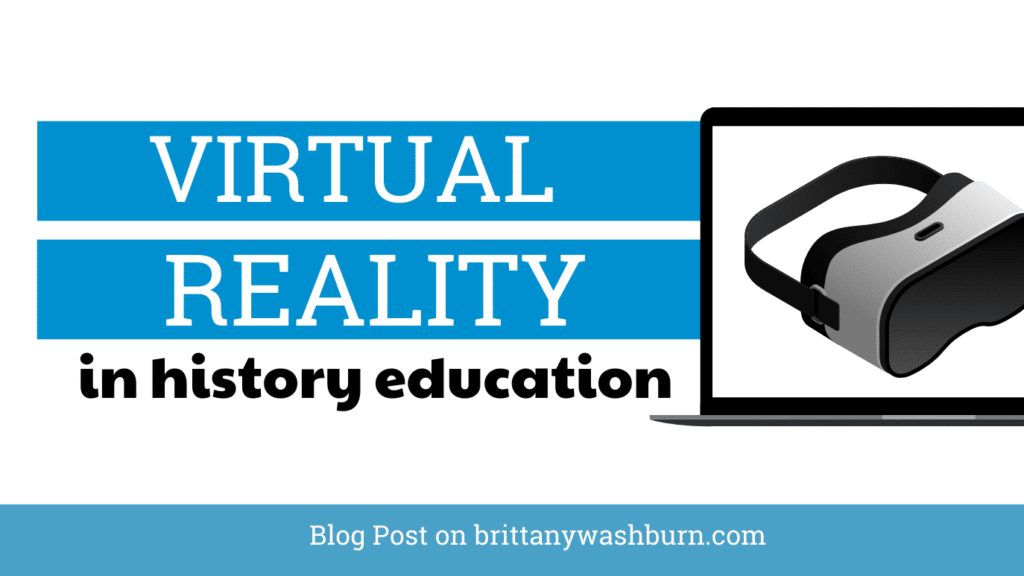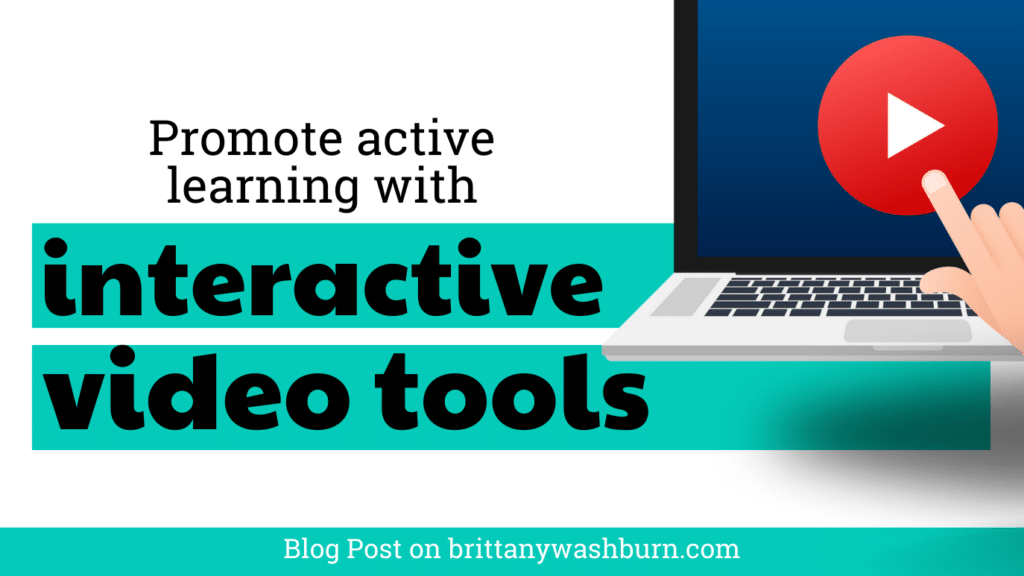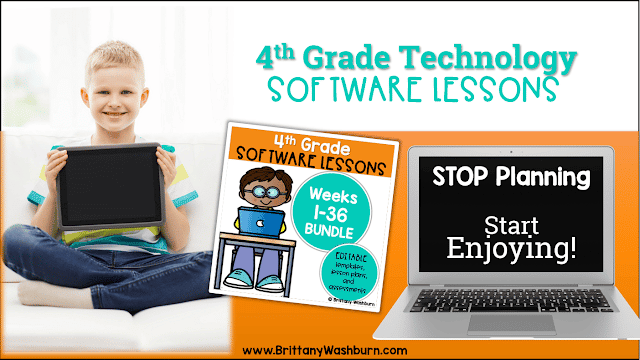Elementary Technology Teacher Guide to Teaching Software Programs

Elementary technology teachers play an integral role in teaching young students how to use software programs, which can be a daunting task for both teachers and students. In this article, we will provide a comprehensive guide for elementary technology teachers on how to effectively teach software programs to their students. We will cover the basics of software programs, strategies for teaching, creating engaging learning experiences, assessing student learning, integrating software with other classroom technologies, troubleshooting common technical issues, and staying updated with the latest software programs and trends.
FAQ
How can I choose the right software programs for my elementary students?
It is important to consider various factors such as age-appropriateness, ease-of-use, engagement value, and educational relevance. Websites such as Common Sense Education and EdSurge offer detailed reviews and ratings that can help you make informed decisions.
What teaching strategies are most effective for teaching software programs to elementary students?
Effective teaching strategies for elementary students include a structured lesson plan, student-centered learning approaches, and hands-on activities that encourage exploration and creativity. Using games and gamification, multimedia and visual aids, and project-based learning can also help create an engaging and interactive learning experience.
How can I assess my students’ learning and progress when teaching software programs?
Assessing your students’ learning and progress can be done through a combination of formative and summative assessments, such as quizzes, projects, and presentations. Providing effective grading and feedback strategies can also help students understand their strengths and weaknesses and improve their learning.
What should I do if I encounter technical issues while teaching software programs to my students?
Common technical issues that you may encounter include slow performance, crashing, and connectivity issues. Preventative measures such as regularly updating both software programs and hardware can help minimize these issues. If problems persist, consult your school’s IT department or contact technical support for assistance.
Understanding the Basics
Defining Software Programs
In simplest terms, software programs are sets of instructions that tell a computer what to do. These programs are what make a computer functional and allow users to complete tasks such as word processing, graphic design, and browsing the internet.
The Purpose of Teaching Software Programs to Elementary Students
Teaching software programs to elementary students can help them develop essential technological skills that will be necessary in their academic and professional lives. By becoming proficient, elementary students can learn how to better communicate, problem-solve, and think critically.
Types of Software Programs
There are several types of software programs that can be taught to elementary students. Some of the most common categories include word processing (e.g. Microsoft Word), presentation (e.g. PowerPoint), and graphic design (e.g. Canva).
Identifying Suitable Software Programs for Elementary Students
Factors to Consider When Choosing Software Programs
When choosing software programs to teach elementary students, several factors should be considered. These include the age and skill level of the students, the goals of the lesson, and the types of activities that will be completed.
Resources for Finding Suitable Software Programs
There are various resources available for teachers to find suitable software programs for their elementary students. These include educational software review sites, teacher forums, and software company websites.
Commonly Used Software Programs for Elementary Students
Some of the most commonly used software programs for elementary students include Microsoft Office, Scratch, and Tux Paint.
Strategies for Teaching Software Programs to Elementary Students
The Importance of a Structured Lesson Plan
It is crucial to have a structured lesson plan that outlines the objectives, activities, and assessment methods. This ensures that the lesson is effective and that students are able to achieve the desired learning outcomes.
Effective Teaching Strategies for Elementary Students
Effective teaching strategies for elementary students include incorporating hands-on activities, incorporating games and interactive elements, and utilizing visual aids to enhance learning.
Student-Centered Learning Approaches
Student-centered learning approaches can also be effective when teaching software programs to elementary students. This approach involves placing the student at the center of the learning process and tailoring the lesson to their individual needs and interests.
Creating Engaging and Interactive Learning Experiences
Integrating Games and Gamification
Integrating games and gamification elements into software program lessons can make the learning experience more engaging and fun for elementary students. This approach can help students stay motivated and interested in the topic.
Creating Interactive Assignments and Project-Based Learning
Creating interactive assignments and project-based learning experiences can also enhance the learning experience for elementary students. These approaches allow students to apply what they have learned in a practical and meaningful way. Check out our introduction to Project Based Learning in the Classroom to learn more.
Utilizing Multimedia and Visual Aids
Finally, utilizing multimedia and visual aids can help make software program lessons more engaging and accessible to elementary students. This can include incorporating videos, images, and audio into the lesson.
Assessing Student Learning and Progress
The Role of Formative and Summative Assessments
Assessment is a critical aspect of teaching software programs in elementary schools. Effective assessment can provide teachers with valuable information about students’ understanding and progress, which can inform their instruction. Formative assessment, which involves monitoring students’ learning throughout the learning process, can help teachers identify areas in which students need additional support. Summative assessment, on the other hand, involves evaluating students’ learning at the end of a unit or course. Both types of assessment can be used to inform teaching practices and enhance student learning.
Effective Grading and Feedback Strategies
Grading and feedback are crucial components of assessing student learning in software programs. Effective grading can provide students with clear expectations for their work and help them to understand how they are progressing in their learning. Feedback, which can be provided through written comments or verbal feedback, can help students to identify areas for improvement and build on their strengths. Teachers can use rubrics and checklists to provide students with feedback that is specific, clear, and actionable.
Assessing the Effectiveness of the Teaching Strategies
Assessing the effectiveness of teaching strategies is an essential aspect of teaching software programs. Teachers can use a variety of methods, including student surveys, classroom observations, and self-reflection, to evaluate the effectiveness of their teaching strategies. By continually assessing their teaching practices, teachers can identify areas for improvement and make changes to enhance student learning.

Integrating Software Programs with Other Classroom Technologies
Using Software Programs in Conjunction with Digital Tools
Teachers can integrate software programs with other classroom technologies to enhance student learning. For example, teachers can use interactive whiteboards, tablets, and mobile devices to display and manipulate digital content, which can help students to visualize abstract concepts and engage with the material on a deeper level. Teachers can also use digital tools, such as online collaboration platforms or learning management systems, to facilitate collaborative learning and promote student autonomy.
Integrating Software Programs with Classroom Management Systems
Integrating software programs with classroom management systems can streamline administrative tasks and enhance student learning. For example, teachers can use online gradebooks or attendance systems to simplify record-keeping and provide parents with real-time updates on their child’s progress. Teachers can also use classroom management systems to distribute assignments, monitor progress, and provide feedback to students.
Collaborative Learning with Software Programs
Collaborative learning is an effective way to enhance student learning and promote social skills. Teachers can use software programs, such as online discussion forums or collaborative writing tools, to facilitate collaborative learning experiences. These tools allow students to work together on projects, share ideas, and provide feedback to one another.
Troubleshooting Common Technical Issues
Common Technical Issues and Solutions
Technical issues can be a major obstacle in teaching software programs. Common technical issues include hardware malfunctions, connectivity problems, and software glitches. Teachers can troubleshoot these issues by performing basic troubleshooting steps, such as restarting the device or clearing browser cache. Teachers can also work with technical support to resolve more complex technical issues.
Preventative Measures to Avoid Technical Issues
Preventative measures can help to reduce the occurrence of technical issues. Teachers can take steps to ensure that devices are properly maintained, that software is regularly updated, and that students are following safe computing practices. Teachers can also provide students with clear expectations for appropriate technology use and monitor their compliance.
Effective Communication with Technical Support
Effective communication with technical support is essential in resolving technical issues. Teachers should be familiar with the technical support channels available to them and should provide detailed information about the issue they are experiencing. Teachers can also work with students to gather information about the issue, which can help to identify the root cause and expedite the resolution process.
Staying Updated with the Latest Software Programs and Trends
Effective Ways to Stay Informed
Staying informed about the latest software programs and trends is an essential part of teaching them in elementary schools. Teachers can stay up-to-date by attending conferences, participating in professional learning communities, and subscribing to educational technology blogs and newsletters. Teachers can also connect with other educators to learn about their experiences with using software programs in the classroom.
Professional Development Opportunities for Elementary Technology Teachers
Professional development opportunities can help elementary technology teachers to continue growing and improving their teaching practices. Teachers can participate in online courses, attend webinars, and pursue advanced degrees in educational technology. Professional development opportunities can provide teachers with the knowledge and skills necessary to effectively integrate software programs into their teaching.
The Importance of Continuous Learning and Professional Growth
Continuous learning and professional growth are essential in teaching software programs in elementary schools. The field of educational technology is constantly evolving, and teachers must continuously learn and develop to remain effective. By pursuing professional development opportunities, connecting with other educators, and staying informed about the latest software programs and trends, elementary technology teachers can continue to grow and improve their teaching practices. Looking for more guidelines? Our Tips for Teaching Students About Software may be just the thing to get you on track.
Teaching software programs to elementary students can be a challenging task, but with the right strategies and resources, it can also be a rewarding experience for both teachers and students. By following the tips and guidelines provided in this guide, elementary technology teachers can create a fun, interactive, and effective learning environment that helps their students develop essential technology skills. As technology continues to evolve, it is important for teachers to ensure that their students are prepared for the digital world.
Introduction to Google Docs: Editing, Sharing, and Collaborating with Ease
Google Docs has revolutionized the way we create, edit, share, and collaborate on documents. This…
How to Convert PowerPoint Presentations to Google Slides (and Why You Should)
Teachers often create resources in PowerPoint, but as more schools adopt Google Workspace, it’s becoming…
Discover the Secret to Engaging Young Minds with Innovative Tech Tools
Engaging young minds with innovative technology tools has become an essential strategy for promoting student…
Photo and Video Editing Teaching Guide
Photo and video editing have become increasingly relevant skills in the modern world. The ability…
Exploring Virtual Reality in History Education
In recent years, virtual reality (VR) has emerged as a powerful tool for enhancing education…
Promote Active Learning with Interactive Video Tools
Interactive video tools are revolutionizing the way students learn by promoting active engagement and enhancing…



















